Catch and Release with the World’s Best Bass Fishermen
The Bassmaster Elite Series is trying something new in Austin, Texas: letting the fish go
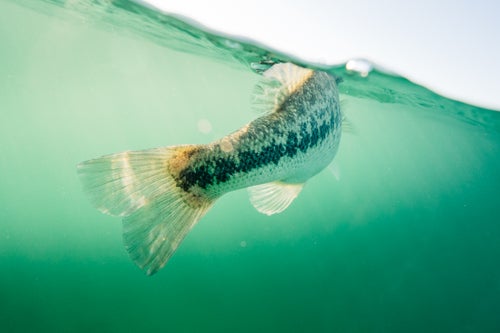
Last month, more than 100 of the world’s best bass fishermen gathered at Lake Travis, outside Austin, Texas. It was the annual Texas Fest tournament, sponsored by Toyota and the Texas Parks and Wildlife Department (TPWD). For the second year in a row, it’s the only stop on the Bassmaster Elite series tour where anglers have an official in the boat to weigh their fish so they can release them right away. It’s the hallmark of this event, which raised around $250,000 for TPWD this year.
For cities, scoring a Bassmaster Elite Series tournament is like hosting an FIS ski event or having a stage of the Tour de France go through your town. The competitors are the absolute best in the world, and the fans turn out to see them. Each event has an entry fee (typically around $5,000). After two days, only the anglers in the top 50 advance to the weekend and get paid. Fiftieth place gets $10,000, and the winner typically rakes in about $100,000.
Of course, many of the lure-throwing magicians have support from sponsors, all of which are proudly displayed on their trucks, boats, and jerseys. But even Kevin VanDam—who has won $7 million and a couple dozen tournaments during his career—told me, “You’re only as good as your last tournament.”
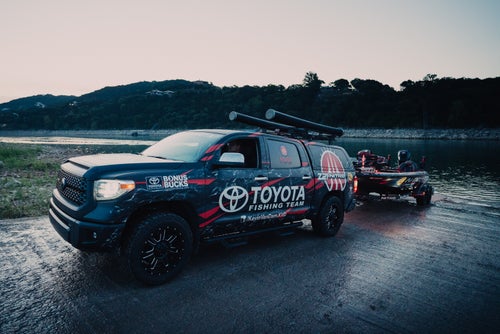
VanDam, one of four anglers sponsored by Toyota, drops in for the final practice day at sunrise. Sponsored or not, a truck (often running $50,000) and boat ($75,000) are required kit on tour. VanDam spoke openly about the financial commitment and how a good number of guys can only last a year or two on tour.
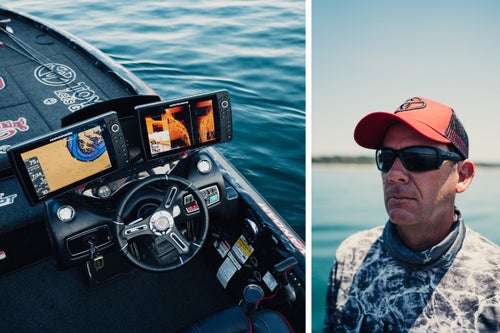
VanDam’s 21-foot Nitro Z-21, powered by a 250-horsepower Mercury engine, rips around at 65 miles per hour and is complete with every fish-finding gadget you can imagine. With a GPS monitor and trolling motor on the front of the boat, every angler is in tune with everything from bottom structure to water temperature at all times.
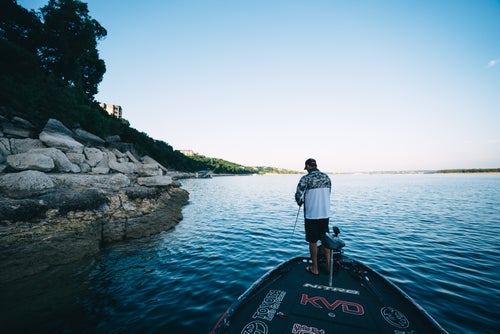
Record temperatures tested the anglers all week, with highs close to 100 degrees Fahrenheit for most of the tournament. A good majority of the fishing was focused along shaded banks, docks, and submerged bushes.
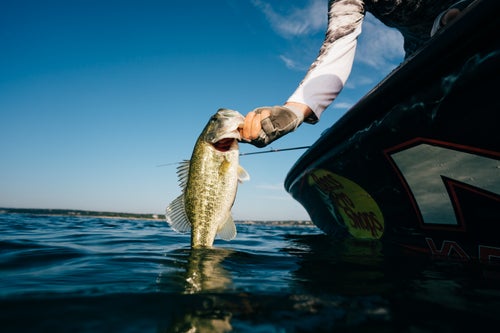
VanDam releases another fish on his practice day. During the tournament, anglers are ranked on the combined weight of their five best fish of the day. Having a TPWD official on the boat to weigh and immediately release the fish makes a tournament like this far less impactful on the lake and fishery. Each angler keeps their biggest fish in a livewell to present to fans before releasing it back into the lake.
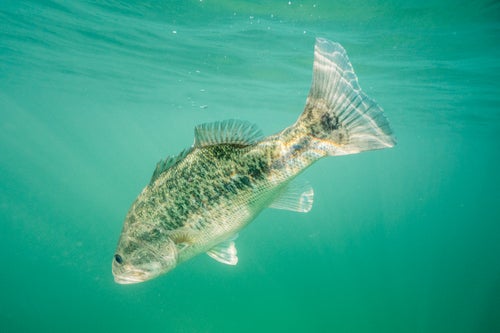
Dave Terre, the inland fisheries management and research chief for TPWD, told me that 750 fish over 14 inches were caught on day one of the tournament, with an expected mortality rate of less than 1 percent.
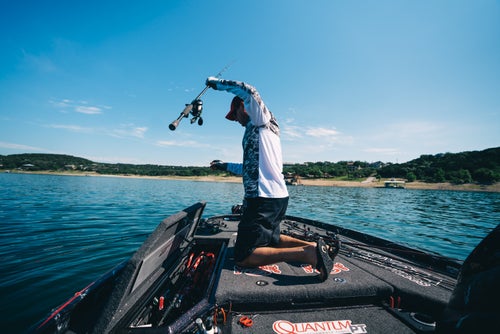
VamDam had anywhere between eight and 15 rods on the deck at one time, all rigged with various setups based on fishing conditions. He skipped casts under docks and around corners. It was easy to see how he had set a record of 215 top-ten finishes.
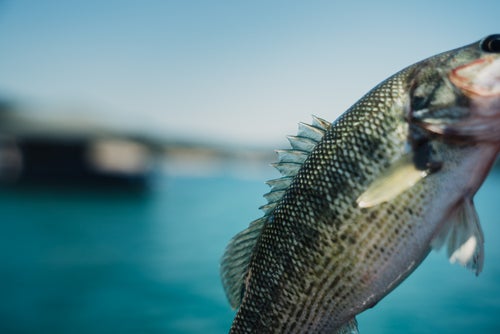
Fish numbers were not an issue at Lake Travis, a healthy and clear lake on the western edge of Austin. Finding big ones, however, was a challenge. Most guys were catching 30 or 40 fish a day but struggling to find what they called “the big bite.”
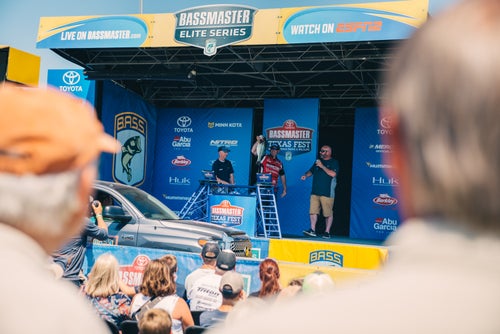
Cliff Pace shows off a ten-pound, five-ounce largemouth bass at the end of day one that would ultimately be the biggest fish of the tournament and win him a brand-new Toyota Tundra.
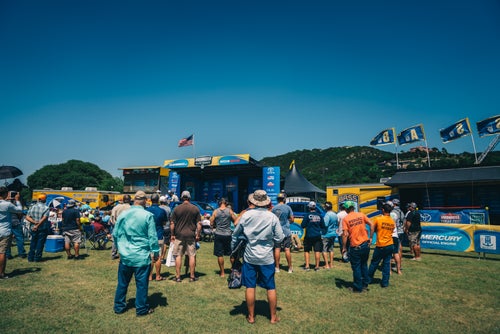
Even with temperatures climbing toward 100 degrees, plenty of fans showed up for the weigh-ins, beginning at 3 p.m. each day. There are more than 1.5 million registered freshwater anglers in Texas; TPWD chose Lake Travis to showcase a healthy fishery next to a major city. Much of the money raised from this tournament goes into youth fishing programs and growing the sport, particularly in urban areas.